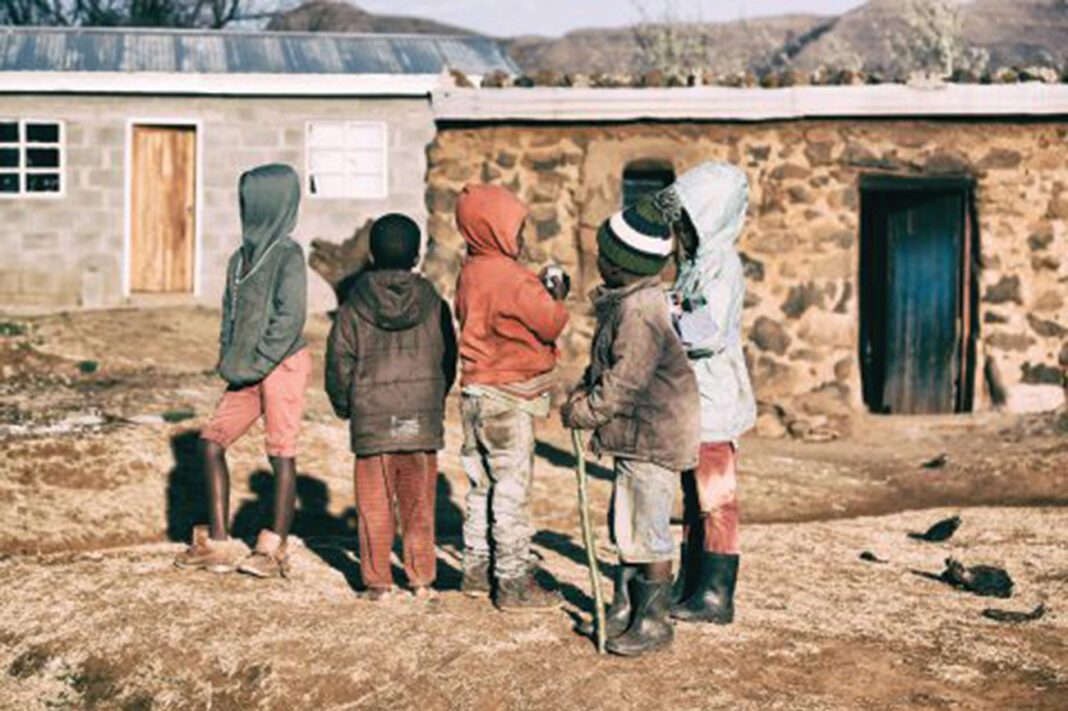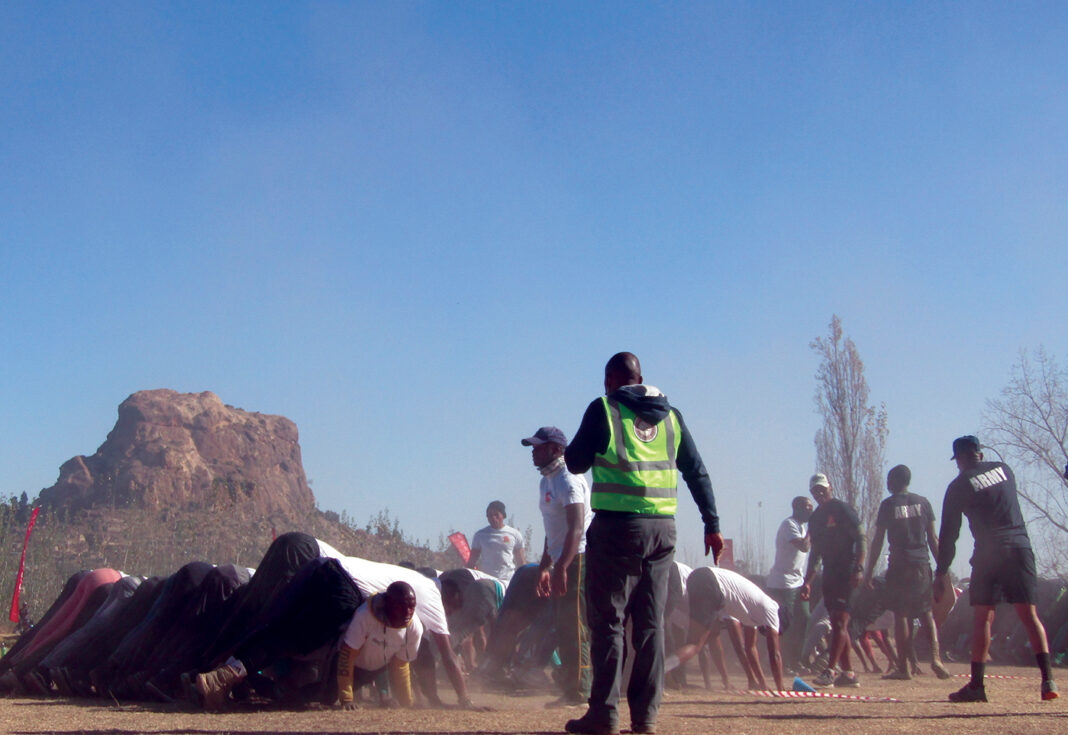By ‘Majirata Latela
International Labour Organisation (ILO) and African Union (AU) reports on child labour say children in Lesotho engage in the worst forms of child labour such as commercial sexual exploitation, sometimes as a result of human trafficking.
The reports say children also perform dangerous tasks related to animal herding and domestic work.
According to the ILO child labour refers to work that deprives children (any person under 18) of their childhood, their potential and their dignity, and that is harmful to their physical and/or mental development. It refers to work that is mentally, or morally dangerous and harmful to children.
To find out what forms of worst child labour are there in Lesotho, the ministry of labour and employment has appointed a local research consultancy firm- Kesi Business Solutions (Pty) Ltd to undertake a rapid assessment on the worst forms of child labour initially from August 2021.
The Chief labour statistician at the ministry of labour, Teboho Ramonono has indicated that the overall objective of the assessment is to determine the magnitude of the worst forms of child labour. It is also aimed at bringing out the salient issues that might otherwise not be covered by the 2016 Lesotho Population and Housing Census (PHC), 2019 Integrated Labour Force Survey (LFS), and the 2018 Multiple Indicator Cluster Survey (MICS).
She said according to the 2018 multiple indicator cluster survey on the proportions of child labour in Lesotho there is 31.9 percent of children who are in child labour and it is highest among male children with 46.2 while among females is at 17.9 percent.
“Statistics show that the percentage of child labour in rural areas stands at 40.9 and 30 percent in peri-urban areas. For children living in the urban areas it stands at 15.2 percent.
“The age range for these children who are highly affected is 12-14 years with 34.9 percent, followed by 15-17 years with 34.4 percent, 5-11 years stands at 29.5 percent. The survey further reveals that children who do not attend school are mostly the victims of labour with 47.8 percent compared to 29.6 percent of those who do,” said
On the one hand, labour inspector at the ministry of labour Mpho Mosili said that there are four elements which are looked at to conclude that it is child labour; age, type of work performed, time at which the work is carried out and the work conditions.
She added that in cases where there is a reported case of child labour, the ministry visits the place and the child to asses all the elements mentioned above adding that if one of the elements is pointed out, the employers and parents are warned and given the chance to stop the practice.
She says if they do not stop the practice then the ministry takes legal action with the help of other sectors such as the police through Child and Gender Protection Unit, ministry of social development as well as the ministry of education.
“Most cases that we deal with are usually on boys who are herd boys and the case is usually due to poverty. Some boys take on the job of being shepherds because they find themselves in situations where they have to provide for their families.
“One case in Mafeteng that we dealt with was of a 12-year-old boy who was herding his neighbour’s animals to provide for his two siblings and to provide for medication for her mother who was battling with cancer and diabetes.
“The case was reported by some neighbours and with the help of the police, social development and home affairs the children were assisted and are now receiving grants from the ministry of social development,” she said.
The Bureau of International Labour has reported in 2019 that Lesotho made a moderate advancement in efforts to eliminate the worst forms of child labour.
Lesotho ratified ILO Protocol 29 to the Forced Labour Convention of 1930 and published data relevant to child labour from the UNICEF-supported Multiple Indicator Cluster Survey and the Violence Against Children Survey.
Children in Lesotho are mostly engaged in dangerous tasks related to animal herding and domestic work.
It continues to show that Lesotho’s compulsory education age is below the minimum age of 18 for work, leaving children in between these ages vulnerable to child labour. The government also lacks sufficient mechanisms to combat child labour as the labour inspections are not conducted in high-risk sectors, including the informal sector.
According to international child sponsorship NGO, Humanium, Lesotho’s government ratified the Convention on the Rights of the Child (CRC) in 1992, and since the 80s has been formulating more legislation and policies on children’s issues (Social Work and Society, 2018). For example, the Children’s Protection and Welfare Act of 2011 states most central child’s rights as addressed, at least within the law. It states the rights of a child and responsibilities of parents and the State as being: the Identity of a child, the Right to registration (also for orphans and vulnerable children), to live with parents in a caring environment, to education and health, to social activities, of the child with disabilities, the right to opinion, the right to be protected from exploitative labour and many more (Children’s Protection and Welfare Act, 2011).









